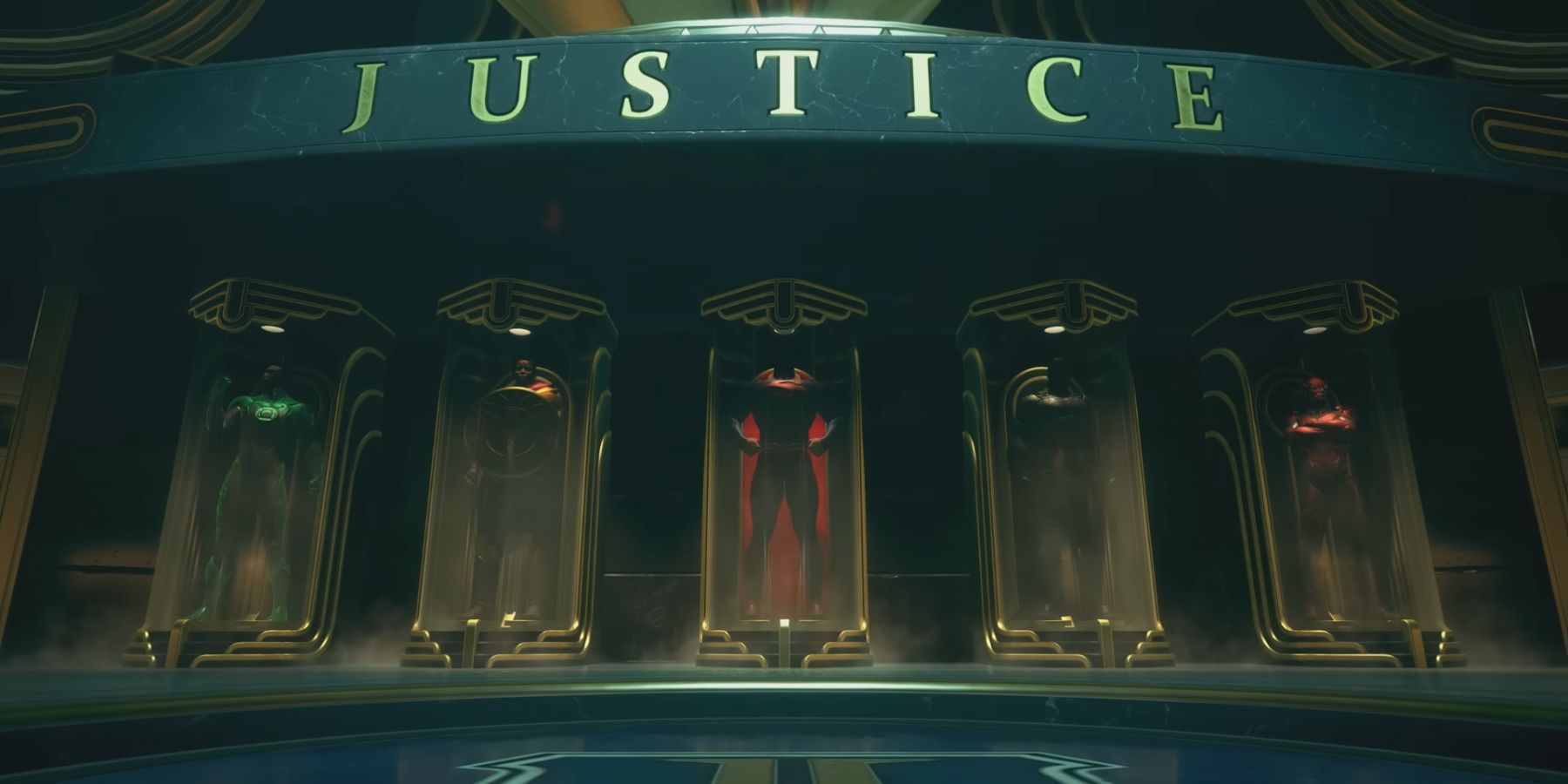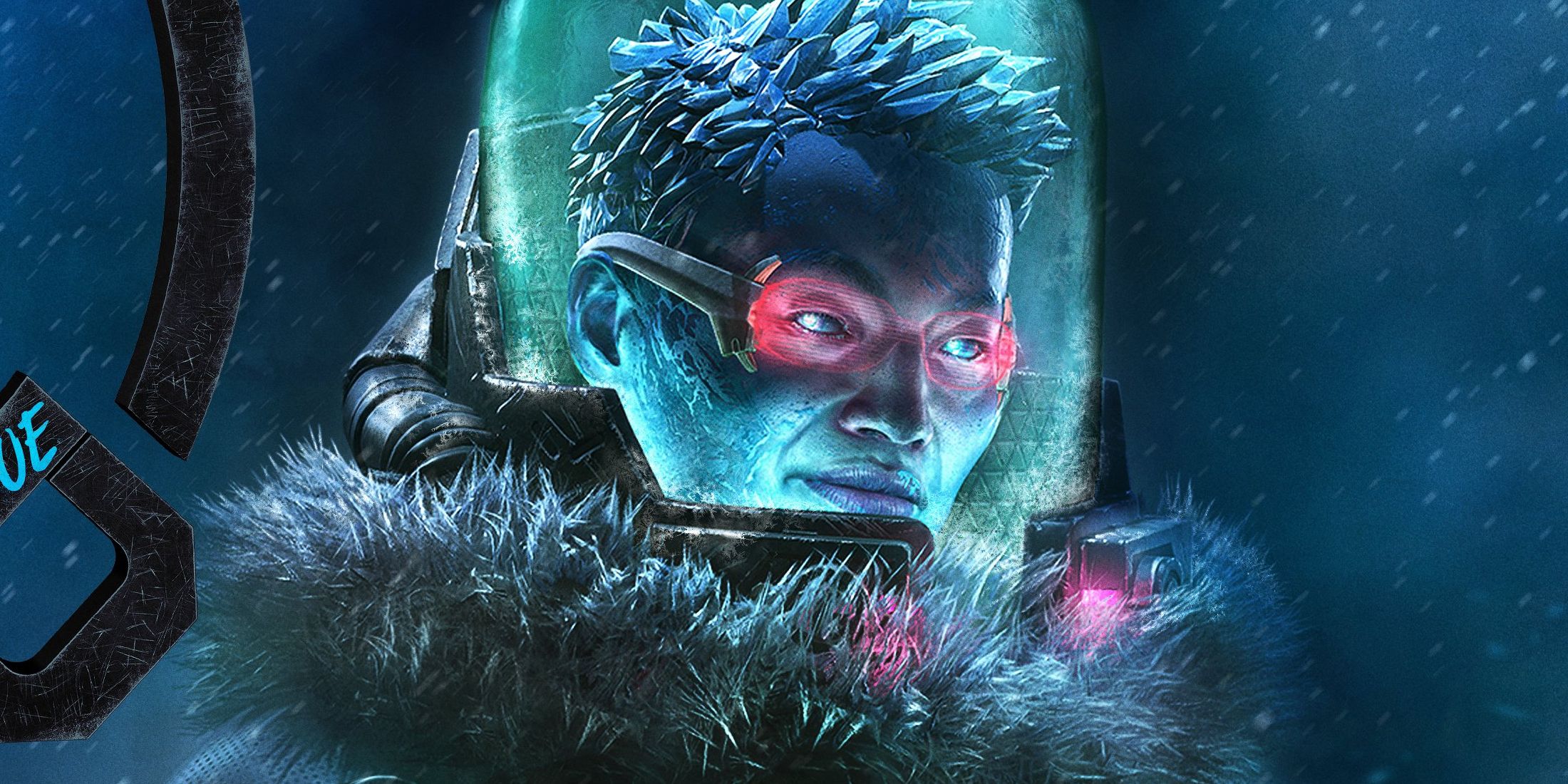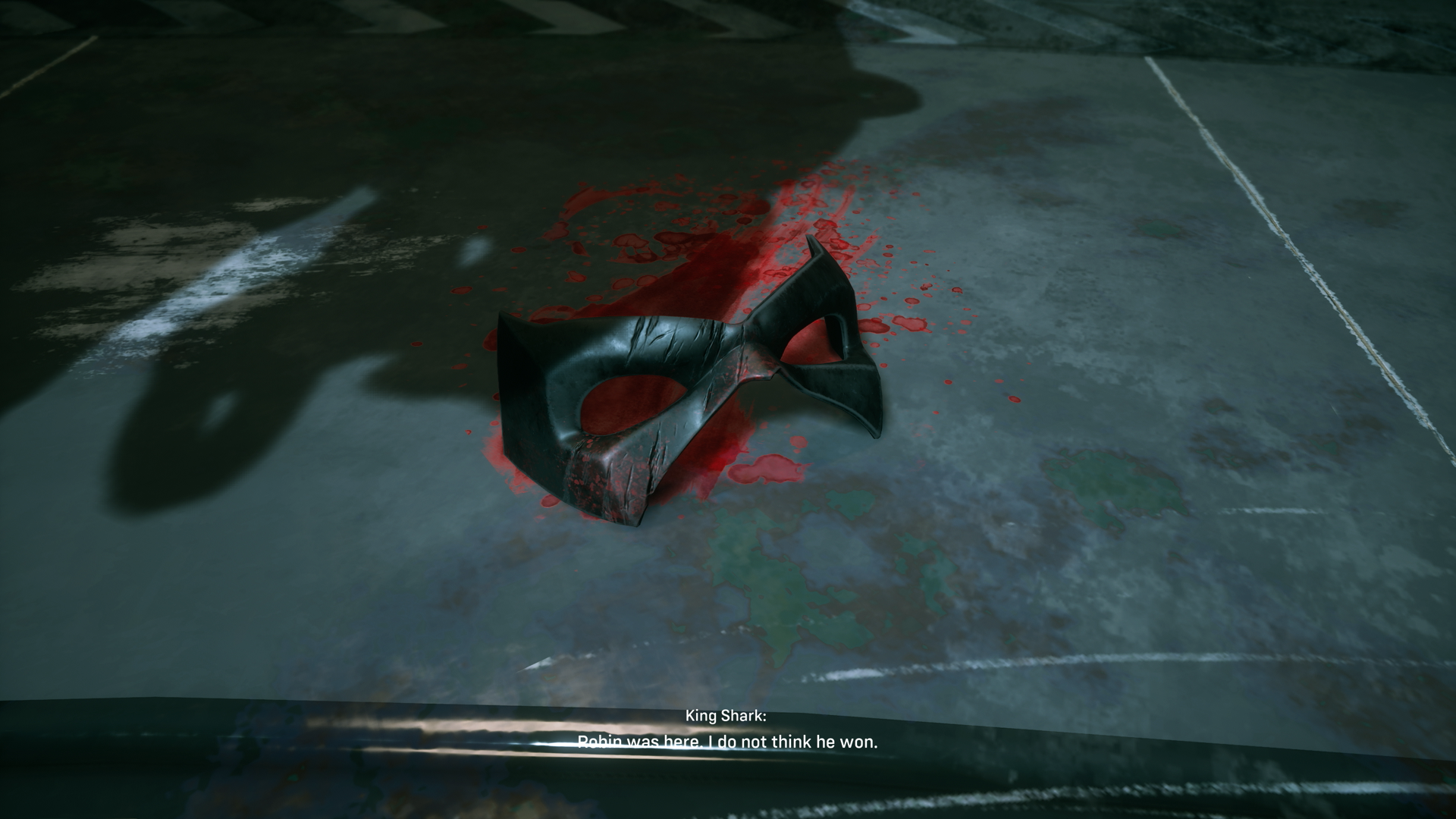Highlights
- Suicide Squad: Kill the Justice League explains what happened to Bruce Wayne after Batman: Arkham Knight, showing a sad truth about his newfound appreciation for companionship.
- The Arkham games depict Batman with a dismissive and cold treatment of his allies, particularly Tim Drake's Robin, which is further seen in Arkham Knight where Bruce considers a compromised, dangerous stranger over Tim as a viable successor.
- In Suicide Squad: Kill the Justice League, Bruce finally outrightly expresses his compassion for Tim and the other members of the Bat Family, but it is revealed that he tragically killed Tim while brainwashed by Brainiac.
Major spoilers for Suicide Squad: Kill the Justice League ahead.
Suicide Squad: Kill the Justice League tells a truncated story in many ways, but where it actually does connect the dots to tether a throughline between the Arkham games and it is in explaining what happened to Bruce Wayne. Task Force X’s tour of the Hall of Justice at the beginning of Suicide Squad: Kill the Justice League basically lays cement over that lapse before Jack Ryder chronicles what happened at the Batman Experience museum, and it’s in Batman’s own words where a sad truth is unfurled.
Bruce had several allies as Batman in the Arkham games and while that should infer he was a man who lauded teamwork, understood how much their aid meant to him, and cared for his companions a great deal, he only rarely expresses that throughout the franchise. The fact of the matter is that Bruce is finally fully appreciative of companions now that his companions are the Justice League and not the Bat Family, and that’s tremendously sad to hear him blatantly and publicly admit in Suicide Squad: Kill the Justice League.

Suicide Squad: Kill the Justice League Has the Most Immersive ‘Out-of-Bounds’ Punishment
Suicide Squad: Kill the Justice League makes the threat of a neck bomb implant incredibly serious and gratifying if players dare to push boundaries.
A History of Batman’s Horrible Treatment of Robin in the Arkham Games
The Arkhamverse’s Batman has always claimed to work better alone, but as long as he’s been Batman he’s never actually been alone. That said, the Arkhamverse games within Batman’s mythology—Arkham Origins, Arkham Asylum, Arkham City, and Arkham Knight, chronologically—have all seen Bruce Wayne treating his so-called companions horribly, if not dismissively.
Bruce is right to be skeptical of Jim Gordon and the GCPD’s aid in Arkham Origins because he’s well aware of how corrupt a majority of the GCPD and SWAT are. Then, in Arkham Asylum, Bruce makes an unnecessarily backhanded comment at Gordon’s expense when he says Gordon is “smarter than he looks.”
Rocksteady’s Batman has always been generally cold and dismissive to his allies, but Tim Drake’s Robin in the Arkhamverse takes the brunt of that and then some. Robin is only seen briefly in Arkham City, for example, and he’s urgently pushed aside. Sure, having him monitor Gotham City hospitals is a worthwhile endeavor, but it’s his general mannerisms and tone toward Tim that never sit right.
This is only exacerbated further in Arkham City’s Harley Quinn’s Revenge DLC, where a playable Robin rescues Batman and receives no gratitude for his efforts. At the end of the DLC, it’s plain to see that Batman is enraged at the thought that Tim might have been caught in the steel mill’s explosion and died, but once he sees he’s safe he dismisses him again and abruptly departs.
Maybe these choices were made to show Bruce distancing himself from Tim after what had happened to Jason Todd under his supervision, but because that is insinuated and never clearly confirmed it appears as if Bruce simply has no time for Tim.
Batman: Arkham Knight Continues Batman’s Unjust Dismissal of Robin
Arkham Knight doesn’t have Bruce being as cold to Tim as he was in Arkham City, and yet there’s still an awkward distance between them with some brazenly disrespectful decisions he makes on Tim’s behalf. Bruce explicitly mentions to Alfred that he is considering Azrael as a Batman successor in Arkham Knight, for instance, suggesting that he never considered Tim a viable option.
Bruce imprisons Tim in the movie studios because he knows that Tim would attempt to imprison him until they could find a cure, but also because he knows that once Tim learned about Barbara he would be as grief-stricken as Gordon was—in fact, Bruce should’ve locked Gordon up, too, and yet only Tim receives this treatment. Then, when players can later return to the movie studios to tell Tim that Barbara is alive and now safe, Bruce still neglects to free Tim and leaves him imprisoned for seemingly no reason, only for Scarecrow to find and kidnap him.
Rocksteady likely chose for him to stay imprisoned so he’d be easy for Scarecrow to kidnap. But it would’ve been more logical for Bruce to take Tim to be with Barbara at the GCPD, the most heavily fortified landmark in Gotham, much less have him help to take down Scarecrow now that the likelihood of a cure was no longer a reasonable excuse to bench him.

How Suicide Squad: Kill the Justice League’s ARGUS Mirrors Arkham Knight’s GCPD
Suicide Squad: Kill the Justice League has a brilliant parallel between its Hall of Justice headquarters base and Arkham Knight's GCPD precinct.
For Better or for Worse, Bruce is a New Batman in Suicide Squad: Kill the Justice League
Suicide Squad: Kill the Justice League makes many bewildering choices, some agreeable and most controversial, but choosing to have Bruce receiving Tim as a “son” is surprising. If nothing else, to go from neglecting Tim in the trilogy to now expressing his love for him is a huge leap, and him immediately and openly embracing the Justice League as allies seems disrespectful to his original colleagues, who only ever wanted to make Bruce proud and always stood stalwartly by him.
Of course, Bruce always cared for Tim and the others he recruited, but how he expressed that was never as transparent and heartfelt as it is in the extremely lengthy goodbye log that TFX comes across in Bruce’s Metropolis Batcave. It seems as if this epiphany came late because Batman has now become part of a new family, ditching the Bat variety for the Super variety, and his Bat Family always deserved to have him be as grateful for them as he is for the Justice League.
The truth is it’s uncertain how big of a role the Bat Family continued to play in Bruce’s life, though his responsibilities to the Justice League would surely outweigh the relative pettiness of crime in Gotham.
Batman and Robin’s Dynamic Duo Meets a Horrific End in Suicide Squad: Kill the Justice League
Suicide Squad: Kill the Justice League’s story belongs to TFX and it’s made abundantly clear that Batman is now out of the picture, so regardless it is at least nice that Bruce did get to offer a heartfelt goodbye even if it felt out of character. Quite a lot must have occurred in the last five years and players regrettably don’t get to experience that to see if Bruce ever began treating Tim with compassion before going off to be with a new team.
However, worst of all, it is discovered that Bruce has killed Tim while brainwashed by Brainiac. Tim’s mask is on the floor of the Batcave, damaged and in a pool of blood, horrifically closing the chapter on Batman’s latest Robin after a long history of Bruce belittling and dismissing him.




